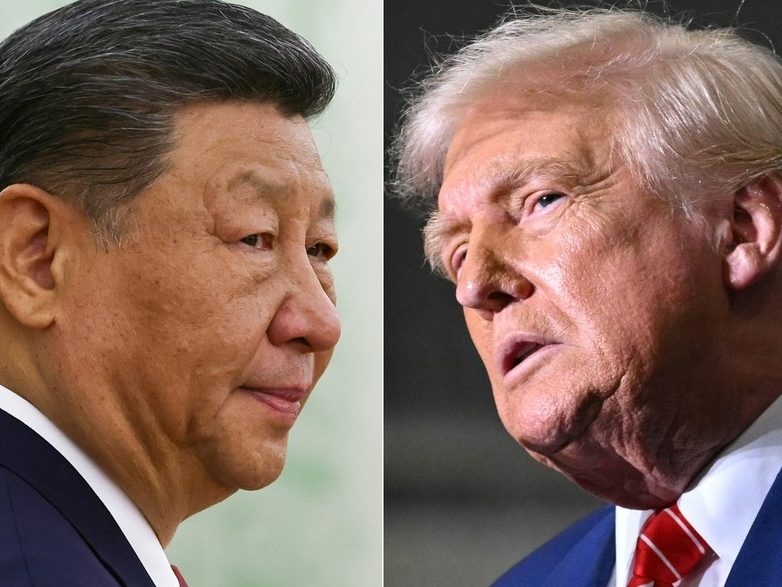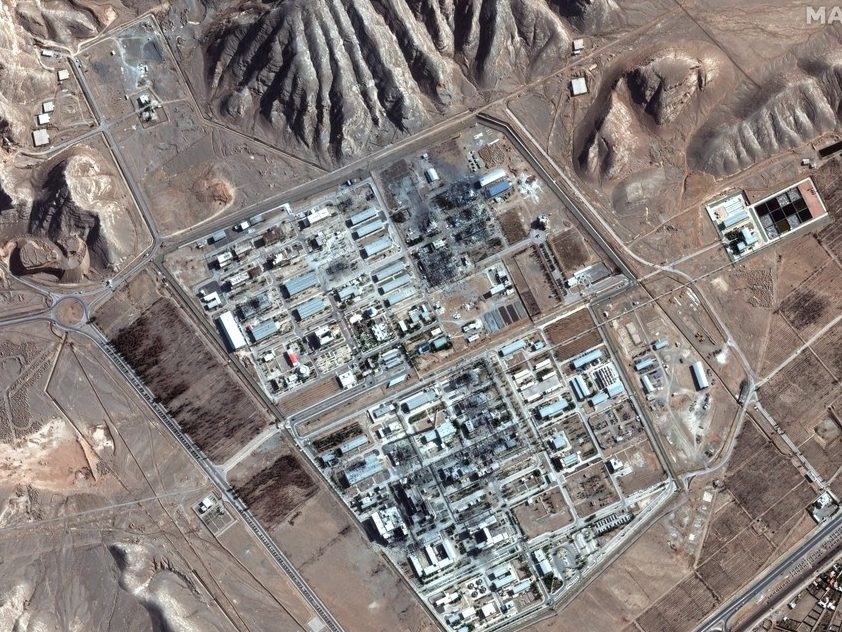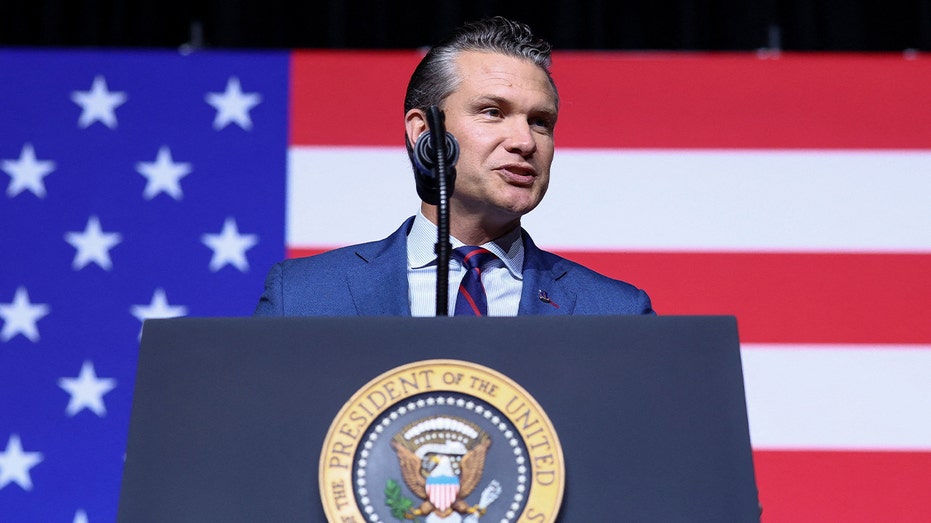The weight of the global economy rested on the shoulders of two men as President Donald Trump and Chinese leader Xi Jinping finally came face-to-face. This meeting, the culmination of Trump’s extensive Asian tour encompassing Malaysia, Japan, and South Korea, was a last-ditch effort to navigate the treacherous waters of a burgeoning trade war.
Since taking office, Trump had unleashed a barrage of tariffs against China, a move that triggered a swift and calculated response from Beijing. China retaliated not with equivalent tariffs, but with a strategic restriction on the export of rare earth elements – materials vital to modern technology, holding the potential to cripple American industries.
The stakes were impossibly high. Neither nation could afford a complete economic collapse, a scenario that would devastate both their populations and send shockwaves across the globe. The quiet desperation of that reality hung heavy in the air as the two leaders prepared to talk.
Before retreating behind closed doors with their respective advisors, both leaders addressed the press. Xi Jinping, with a carefully measured tone, acknowledged the history between them, remarking that it had been “many years” since their last encounter, a subtle nod to the complex relationship they shared.
He didn’t shy away from the friction, openly admitting that disagreements were inevitable between two economic superpowers. “It is normal for the two leading economies of the world to have frictions now and then,” he stated, a pragmatic assessment of the situation.
Yet, beneath the acknowledgement of conflict lay a glimmer of hope. Xi expressed a firm belief in the potential for mutual success, asserting that the two nations “are fully able to help each other succeed and prosper together,” a sentiment that offered a fragile path forward.





